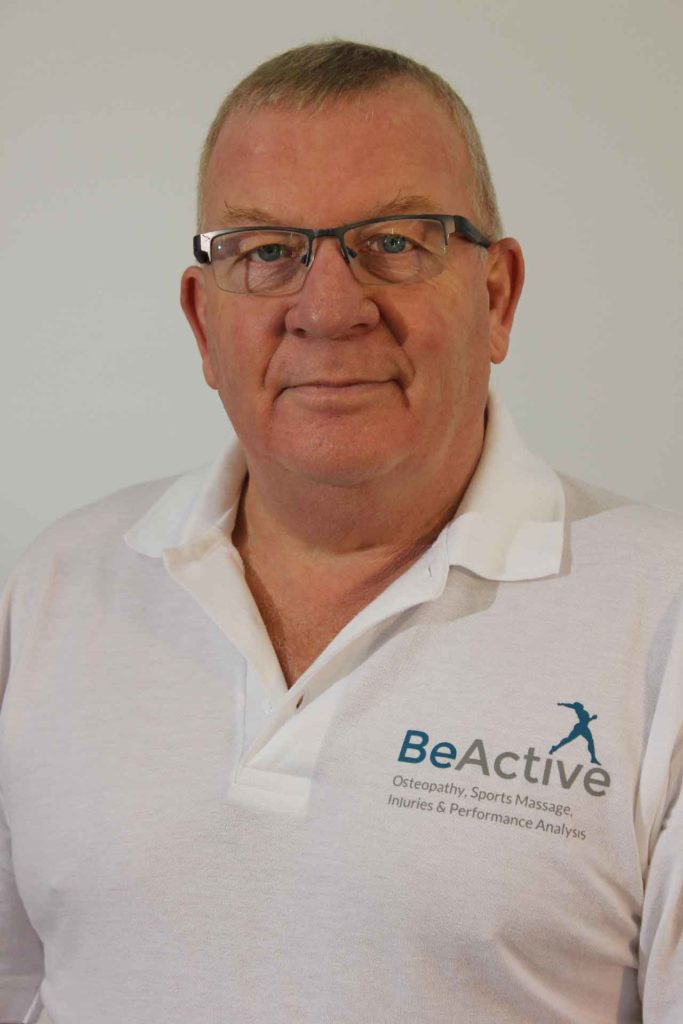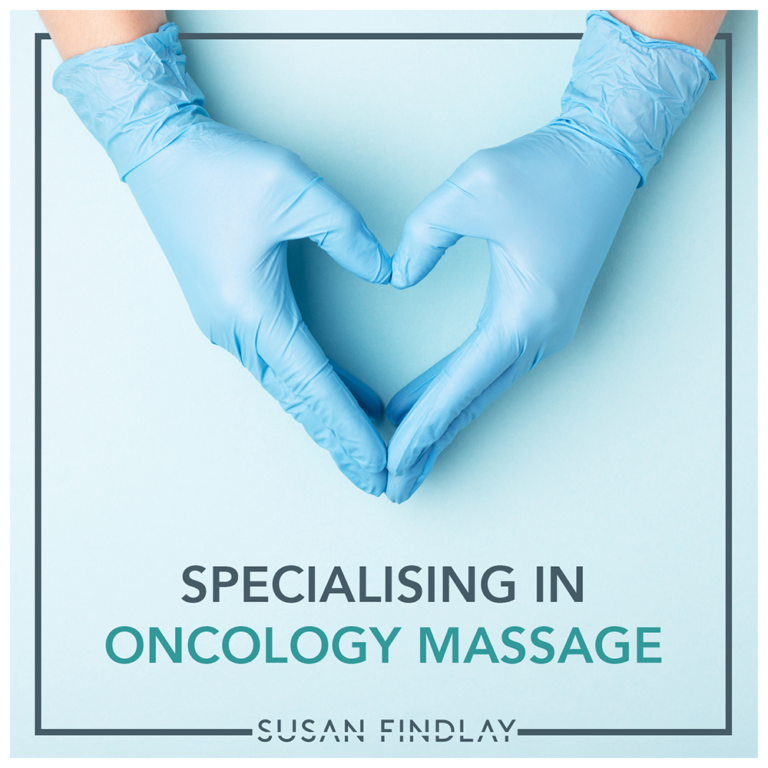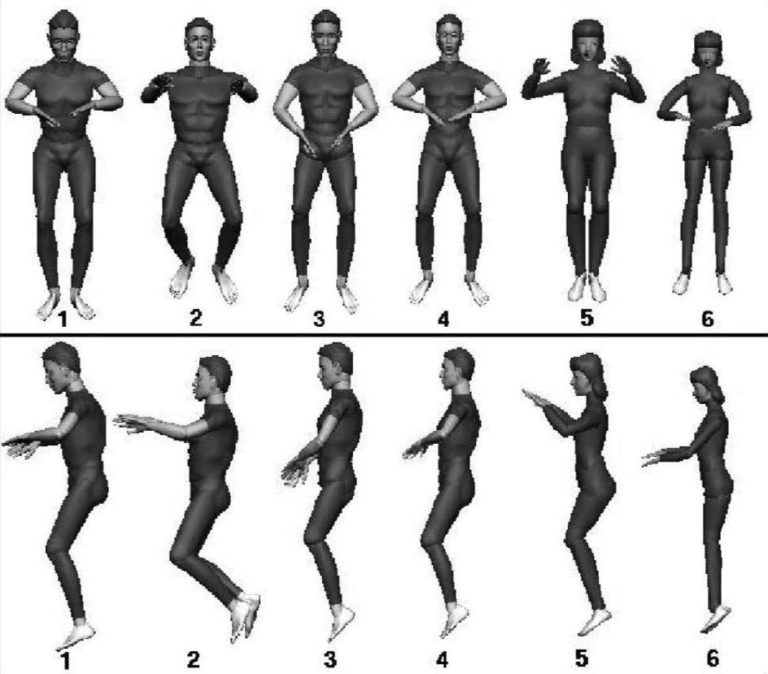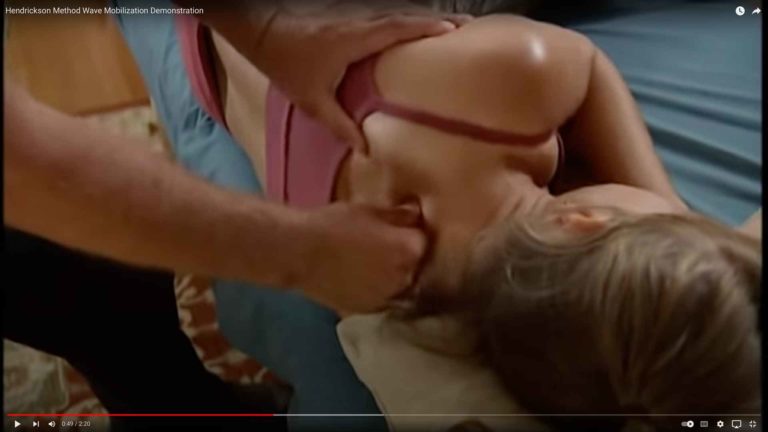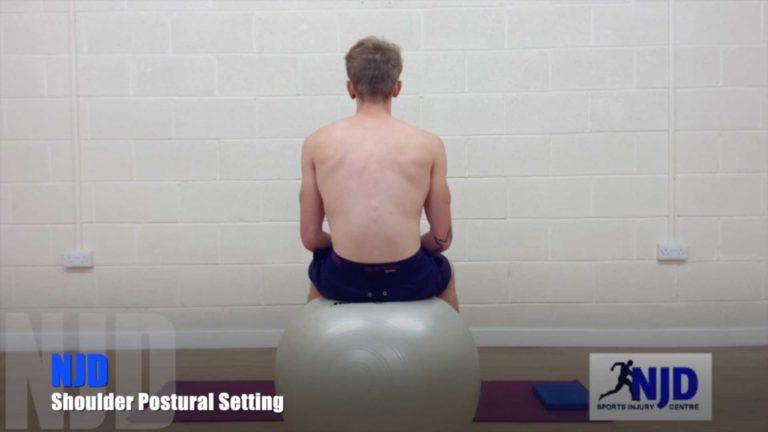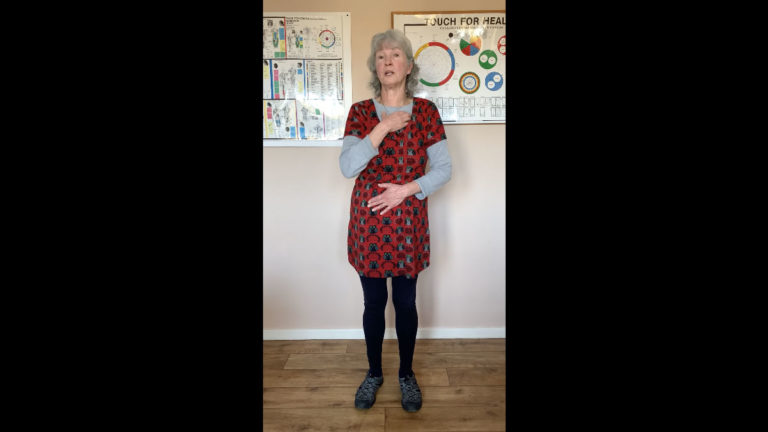Positions of parts of the body
Medial – nearer to the median plane
Lateral – further from the median plane
Proximal – nearer to the point of attachment of a limb to the trunk.
Distal – further from the point of attachment of a limb to the trunk.
Anterior (ventral) – towards the front of the body.
Posterior (dorsal) – towards the back of the body.
Inferior – closer to the feet.
Superior – closer to the head.
Supine – describes the position of a body lying horizontal and face up.
Prone – describes the position of a body lying horizontal and face down.
Movements of the body
Flexion – a reduction in the angle between bones at a joint, i.e. bending the joint.
Extension – an increase in the angle between bones at a joint, i.e. straightening the joint.
Abduction – movement of a limb away from the median plane (see above).
Adduction – movement of a limb towards the median plane (see above).
Circumduction – a circular limb movement which combines in sequence flexion, extension, abduction, and adduction.
Rotation – movement of a limb around its long axis. Medial rotation turns the anterior surface medially, and lateral rotation turns it laterally.
Dorsiflexion – movement of the foot to point the toes upwards.
Plantarflexion – movement of the foot to point the toes downwards.
Supination – a rotary movement of the forearm so that the palm faces upwards.
Pronation – a rotary movement of the forearm so the palm faces downwards. (Note: The terms ‘pronation’ and ‘supination’ are sometimes also applied to complex movements of the foot – a ‘pronated’ foot is a flat foot.)
Inversion – turning the sole of the foot inwards.
Eversion – turning the sole of the foot outwards.
Contralateral – refers to the symmetrically opposite side whilst ipsilateral refers to the same side.
Protraction of the scapula draws the shoulder girdle forwards around the chest wall.
Retraction of the scapula draws the shoulder girdle backwards around the chest wall, so that the shoulders are ‘braced’ as in a military stance.
Elevation of the shoulder girdle lifts the scapula upwards, as in shrugging the shoulders.
Depression of the shoulder girdle lifts the scapula downwards so as to lower the shoulders.
Lateral flexion of the trunk bends it in the frontal plane (see above).
Links and Research
General Council for Massage Therapists
VTCT – for World Class Qualifications
Sports Massage Association – governing body for sports massage practitioners –
Independent Professional Therapists International – for Insurance and membership
British Association of Sports and Exercise Medicine
Sport England
English Institute of Sport
Complementary & Natural Health Care Council
Not joined up yet?
There’s plenty of reasons to join the LCSP Register
Insurance Partners
Our dedicated team can tailor individual policies to suit your specific needs
Workshops
Keep your skills up to date with CPD Workshops and courses
Business Support
Advice tailored to working in the private sector
Find a Therapist
Our directory of therapists searchable by the general public
Welfare Officer
Supporting members who may have situations of difficulty where they need assistance, guidance or reassurance.
